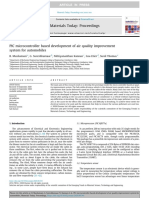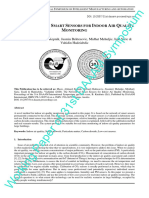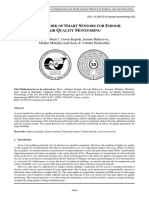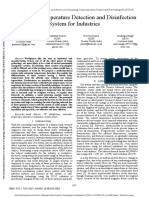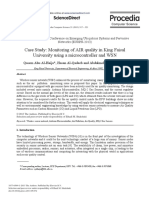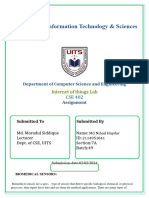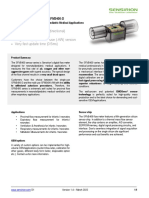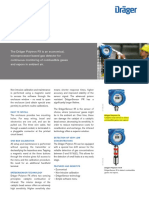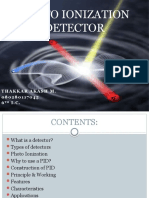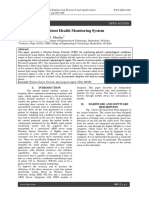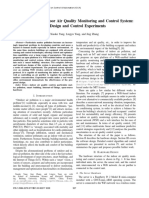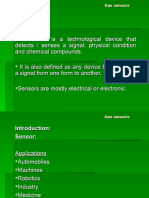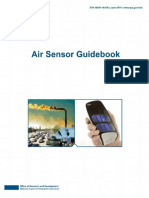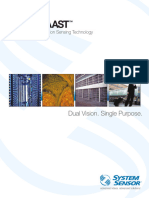0% found this document useful (0 votes)
10 views8 pagesSensor
The document discusses different types of anemometers and airflow sensors including hot-wire anemometers using quartz cones, three-part thermoanemometers using temperature detectors in tubes, and two-part thermoanemometers using ceramic substrates with NTC thermistors. It also covers dust and smoke detectors that use ionization sensors or optical sensors that detect light scattering.
Uploaded by
雪云Copyright
© © All Rights Reserved
We take content rights seriously. If you suspect this is your content, claim it here.
Available Formats
Download as PDF, TXT or read online on Scribd
0% found this document useful (0 votes)
10 views8 pagesSensor
The document discusses different types of anemometers and airflow sensors including hot-wire anemometers using quartz cones, three-part thermoanemometers using temperature detectors in tubes, and two-part thermoanemometers using ceramic substrates with NTC thermistors. It also covers dust and smoke detectors that use ionization sensors or optical sensors that detect light scattering.
Uploaded by
雪云Copyright
© © All Rights Reserved
We take content rights seriously. If you suspect this is your content, claim it here.
Available Formats
Download as PDF, TXT or read online on Scribd
/ 8



